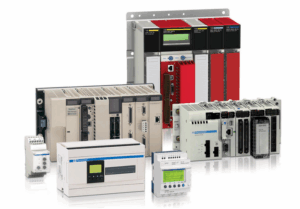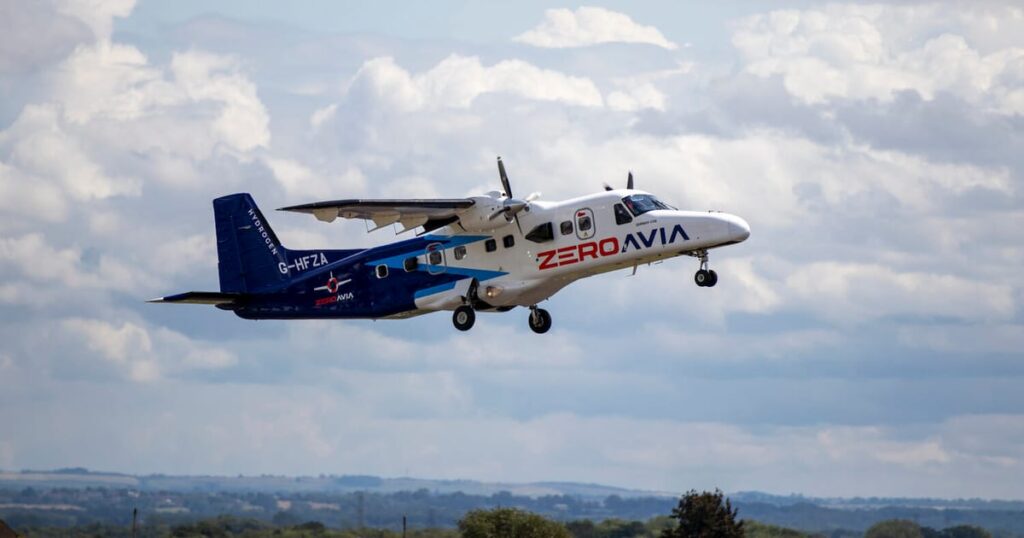In a groundbreaking leap toward sustainable aviation, the world has just witnessed the first piloted flight of a hydrogen-powered aircraft using liquid hydrogen, marking a revolutionary chapter in the future of air travel. As climate change and carbon emissions push the aerospace industry to innovate, this project is setting the tone for a cleaner, greener future in the skies.
Developed by H2FLY: A Leader in Hydrogen-Electric Aviation
The pioneering company behind this innovation is H2FLY, a Stuttgart-based aerospace firm founded by engineers from the German Aerospace Center (DLR) and the University of Ulm. H2FLY specializes in hydrogen-electric propulsion systems and has become a key player in the push toward zero-emission flight. In 2021, the company was acquired by Joby Aviation, a California-based firm known for its work on electric vertical takeoff and landing (eVTOL) aircraft.
Their flagship aircraft, the HY4, is a four-seat hydrogen-electric demonstrator. Initially powered by gaseous hydrogen, the aircraft has now been adapted to use liquid hydrogen, a more efficient and higher-density energy source. This change has doubled the aircraft’s flight range from 750 km to an impressive 1,500 km—without emitting any CO₂.
The Historic Flight Test
The breakthrough moment occurred on September 7, 2023, at Maribor Airport in Slovenia, where H2FLY successfully completed the world’s first manned flight powered by liquid hydrogen. Over the course of four test flights—including one lasting over three hours—the HY4 demonstrated that liquid hydrogen can power longer, more efficient, and emissions-free flights.
Unlike traditional jet engines that release significant greenhouse gases, the hydrogen fuel cells used in the HY4 produce only water vapor, making the aircraft virtually silent and completely clean in terms of emissions.
Why Hydrogen Matters
Hydrogen is the most abundant element in the universe and has enormous potential as a zero-emission fuel. In aviation, where weight and energy density are critical, hydrogen fuel cells offer several advantages over batteries, especially when stored in liquid form. They are lighter, more compact, and allow for greater range—key factors for making green aviation viable for regional and commercial flights.
Supported by Project HEAVEN
This historic flight is part of Project HEAVEN (High powEr density FC system for Aerial passenger VEhicle propulsioN), a European-government-funded initiative that brings together major players such as Air Liquide, Pipistrel Vertical Solutions, EKPO Fuel Cell Technologies, Fundación Ayesa, and DLR. Their shared goal: to prove that cryogenic (liquid) hydrogen can be safely and efficiently used in aviation.
What Comes Next?
With the successful liquid hydrogen flight behind them, H2FLY now plans to scale up its technology for regional aircraft and expand testing. In 2024, the company will open a Hydrogen Aviation Center at Stuttgart Airport, aimed at accelerating research, integration, and commercial adoption of hydrogen-powered aircraft systems.
The introduction of the first liquid hydrogen-powered aircraft is not just a technological milestone—it’s a turning point for sustainable aviation. H2FLY’s successful flight has proven that hydrogen is not just a future concept, but a real, working solution for today’s environmental challenges. As infrastructure and technology continue to develop, we may soon see regional flights that are 100% clean, efficient, and revolutionary—changing the way we think about flying, forever.













